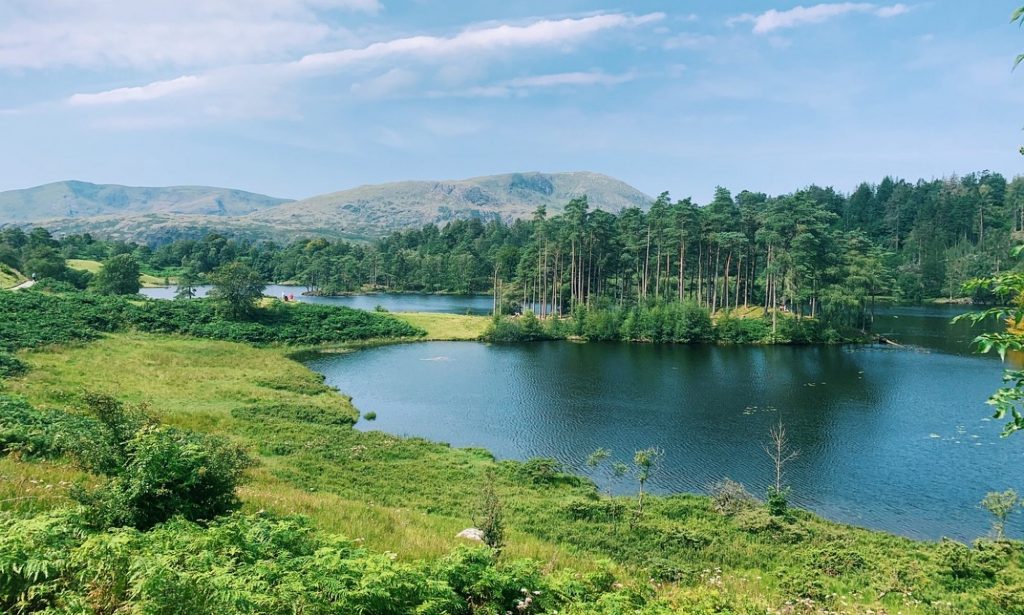Reflecting on my Position in the field of Biophilic Design:
Coming towards the end of my masters journey it offers the perfect time to reflect upon the work I have completed in my project so far and consequently the position I have developed as an expert and agent for change in the field of biophilic design.
Through my project and recently developing the Nature In Community I have formed respect amongst natural designers and I have formed a network of professionals and key contacts in the field that I am keen to continue to grow and build upon these relationships past the point of my masters. Forming the Nature In Community has vastly contributed to growing my network.
I aim to utilise my connections in the future to develop content and discussions that can facilitate the continued growth of the Nature in Community. But, also I will look to utilise these contacts to run collaborations that showcase how nature can be integrated into city spaces. For example, Kristina Libby is an expert I have been in contact with throughout my project and she is very keen to collaborate on a project involving technobiophilia in the new year. Additionally, I have been in contact with a new bar called the ‘Flowerhouse pub’ in Marylebone that aims to offer a space for women in hospitality. I have spoken with them in regards to running a collaboration in their spaces. This is an exciting opportunity that could also involve working alongside their florists and other natural design professionals.
Furthermore, on the academic side I have written an article for the Journal of Biophilic Design which began to solidify my position as an expert in this field and has been very beneficial in gaining respect from high profile contacts. This was apparent when helping at the Planted Event, whereby having done the article provided the opportunity to meet others who had written for the journal or wanted to get involved, and so it opened a door to meeting more contacts.
More recently, having been asked to guest lecturer at the University of Westminster has cemented my place in the field of natural design and proven that I do have the power to instigate change in this field.
Finally, I am in discussions with a company to begin working for them in natural design in the new year. The role would involve me heading up their department in CPD training for architects, interior designers and alike to educate them on biophilia and the benefits it can bring to their work. This opportunity is an incredibly exciting one which I have achieved purely through showcasing the work of my project to the company and having networked in the field of biophilic design to have met some of the employees in the company, leading to this opportunity. Working in educating professionals around biophilia through CPD training also fits seamlessly with the efforts of the Nature In Community. This aim being to educate professionals on what biophilic deigns is, its benefits and how to incorporate it into their work and spaces. Therefore, I would continue to run the Nature In Community alongside this opportunity and further increase my position as an expert in natural deign.
At the beginning of my masters journey I knew the arena I wanted to work in from the start, this being around natural design and sustainability. But, it has taken until forming the Nature In Community to feel I have a real channel and direction to instigate the changes I wish to create, which has fuelled a new drive and sense of purpose in me that I am excited to continue.
Reflecting on My Personal Journey Through My Masters:
Undertaking a masters at a arts university was a big unknown for me at the start of this year. It was a very different experience to my previous education in geography at the University of Birmingham and a very different experience to anything anyone around me had undertaken. This was scary jumping into unfamiliar circumstances, but I knew it was the best way to learn how to apply my academic background with developing concepts and ideas that can trigger changes in innovative ways, which is what I wanted to do. Reflecting on the work I have undertaken this past year I feel I have achieved the foundations of what I set out to do in undertaking this masters. I have developed a strong community and position in my field that have already instigated changes in approaches to how nature is applied in city spaces, but I can now utilise these platforms to trigger the larger actionable changes I want to achieve.
I have also learnt numerous new skills this year from creating branding and designing logos all the way through to hosting and organising physical events, including writing risk assessments and co-ordinating with different university bodies; and even to host panel discussions with experts from across the world!
Looking back it seems hard to believe it has only been a year, but I am very happy that I have thrown everything I have into this project to make the most of the opportunity of the masters which I can then develop into a future career in natural design.

